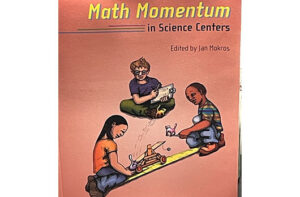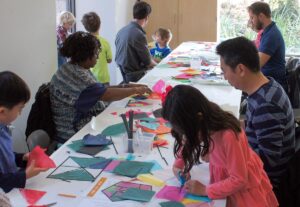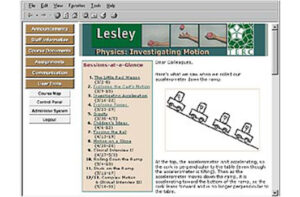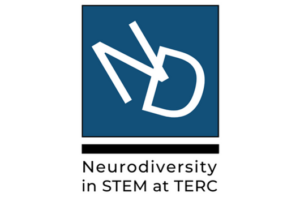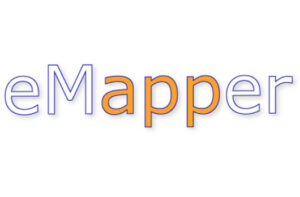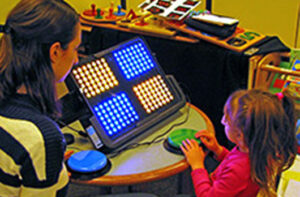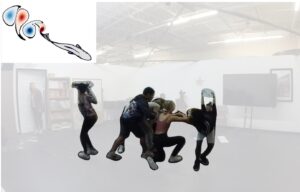Multiple Intersectionalities among Faculty in STEM: An Arts-Informed Exploratory Study (MiaFS)
Lead Staff:
Nuria Jaumot-PascualMia Ong
Lisette Torres-Gerald
SummaryMIaFS was a study that focused on the lived experiences of faculty and higher education professionals of color in STEM and STEM education who identify as members of the LGBTQ2SIA+ community, through the use of photo elicitation and other arts-informed methods. This study was informed by the theoretical frames of intersectionality (Crenshaw, 1989) and of Queer Critical Theory (QueerCrit) (Misawa, 2010. With this study, we address gaps in the literature and build upon existing knowledge related to unique barriers and factors that have influenced and supported the persistence in STEM and STEM education of faculty and higher education professionals of color who identify as members of the LGBTQ2SIA+ community. This study contributed in uncovering the systems that uphold systems of racial/ethnic and gender/sexual oppression and address the dearth of empirical research on these topics.
Research ActivityThe research plan included three main steps:
- Photo/art elicitation interviews. The project’s team asked participants to take photographs or create art that represent their experiences in STEM and STEM education academia. Then, these photographs and art were used to elicit conversation in an interview. Participants who completed the interview received a $200 stipend.
Optional activities. Once we conducted interviews with all the participants, we organized two additional activities with them, if they were interested: an online art symposium and a focus group. These activities only took place if the study participants are interested. The stipend was not dependent on participation in these two activities.
- Online art symposium. After we interviewed all study participants, we worked with participants to organize an online art gallery and event where the public viewed the artwork and photos, read the captions, and asked participants questions.
- Member-check focus group. Once we completed the interviews and art symposium, we held a group interview to engage in a conversation about the artwork/photos and preliminary findings from the individual interviews. Participants were invited to share their artwork/photos and discuss their responses. The researcher team also asked for participants’ feedback on the preliminary findings.
ImpactWe answered the following research questions:
- What factors (institutional, departmental, programmatic, and interpersonal) have influenced the decision of faculty and higher education professionals of color in STEM and STEM education who identify as members of the LGBTQ2SIA+ community to pursue and persist in STEM and STEM education higher education? What factors (institutional, departmental, programmatic, and interpersonal) are barriers to their persistence in STEM and STEM education higher education?
- How does photo elicitation support participants’ expression of their experience in STEM and STEM education higher education? How do these methods make findings more accessible, evocative, embodied, empathic, and provocative?
PartnersLuis Leyva, Ph.D., Assistant Professor of Mathematics Education at Vanderbilt University, was the project’s advisor. His research examines how women, students of color, and LGBTQ+ community members construct their identities in mathematics education as aspiring STEM majors. He provided expertise in conducting research with the LGBTQ+ community in STEM higher education.
MIaFS was a study that focused on the lived experiences of faculty and higher education professionals of color in STEM and STEM education who identify as members of the LGBTQ2SIA+ community, through the use of photo elicitation and other arts-informed methods. This study was informed by the theoretical frames of intersectionality (Crenshaw, 1989) and of Queer Critical Theory (QueerCrit) (Misawa, 2010. With this study, we address gaps in the literature and build upon existing knowledge related to unique barriers and factors that have influenced and supported the persistence in STEM and STEM education of faculty and higher education professionals of color who identify as members of the LGBTQ2SIA+ community. This study contributed in uncovering the systems that uphold systems of racial/ethnic and gender/sexual oppression and address the dearth of empirical research on these topics.
The research plan included three main steps:
- Photo/art elicitation interviews. The project’s team asked participants to take photographs or create art that represent their experiences in STEM and STEM education academia. Then, these photographs and art were used to elicit conversation in an interview. Participants who completed the interview received a $200 stipend.
Optional activities. Once we conducted interviews with all the participants, we organized two additional activities with them, if they were interested: an online art symposium and a focus group. These activities only took place if the study participants are interested. The stipend was not dependent on participation in these two activities.
- Online art symposium. After we interviewed all study participants, we worked with participants to organize an online art gallery and event where the public viewed the artwork and photos, read the captions, and asked participants questions.
- Member-check focus group. Once we completed the interviews and art symposium, we held a group interview to engage in a conversation about the artwork/photos and preliminary findings from the individual interviews. Participants were invited to share their artwork/photos and discuss their responses. The researcher team also asked for participants’ feedback on the preliminary findings.
ImpactWe answered the following research questions:
- What factors (institutional, departmental, programmatic, and interpersonal) have influenced the decision of faculty and higher education professionals of color in STEM and STEM education who identify as members of the LGBTQ2SIA+ community to pursue and persist in STEM and STEM education higher education? What factors (institutional, departmental, programmatic, and interpersonal) are barriers to their persistence in STEM and STEM education higher education?
- How does photo elicitation support participants’ expression of their experience in STEM and STEM education higher education? How do these methods make findings more accessible, evocative, embodied, empathic, and provocative?
PartnersLuis Leyva, Ph.D., Assistant Professor of Mathematics Education at Vanderbilt University, was the project’s advisor. His research examines how women, students of color, and LGBTQ+ community members construct their identities in mathematics education as aspiring STEM majors. He provided expertise in conducting research with the LGBTQ+ community in STEM higher education.
We answered the following research questions:
- What factors (institutional, departmental, programmatic, and interpersonal) have influenced the decision of faculty and higher education professionals of color in STEM and STEM education who identify as members of the LGBTQ2SIA+ community to pursue and persist in STEM and STEM education higher education? What factors (institutional, departmental, programmatic, and interpersonal) are barriers to their persistence in STEM and STEM education higher education?
- How does photo elicitation support participants’ expression of their experience in STEM and STEM education higher education? How do these methods make findings more accessible, evocative, embodied, empathic, and provocative?
Luis Leyva, Ph.D., Assistant Professor of Mathematics Education at Vanderbilt University, was the project’s advisor. His research examines how women, students of color, and LGBTQ+ community members construct their identities in mathematics education as aspiring STEM majors. He provided expertise in conducting research with the LGBTQ+ community in STEM higher education.
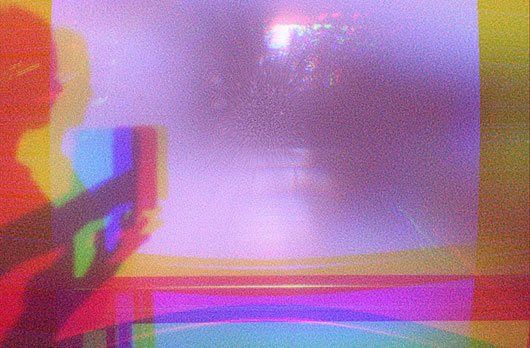
8/2019 – 12/2022
FundersRISE
Past ProjectThis project is no longer active. To see a list of current TERC projects, please click here.
Share This Page:

